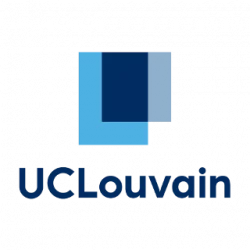In Linux, blocks resulting from BIO requests are cached, so further reads are done from memory instead of re-reading data from the disk. To clean this cache, one can use echo 3 > /proc/sys/vm/drop_caches .
In the same way, write to the filesystem are not directly done. The filesystem waits before sending data written creating an “write” BIO request. Imagine if a software writes byte per byte to the filesystem : it would mean that one write request would be created per byte, this would be very slow.
Instead, filesystems wait before creating and sending the BIO write request, and this explains why after writing a file to the disk, there is still some write BIO request passing through the block layer even after the writing software says it has finished or is even closed.
To force the “real” write of all pending write in the FS, one can use the “sync” software already installed on all Linux systems.
This is why you’ve got to unmount USB drives by the way : even if the copy seems finished, it is maybe not really finished because the writes are pending but not yet written “for real”.
Using the combination of the two (sync then flush the cache) will ensure that all data is written and that further read will be done from the disk, and not from memory. This is very important to test that a disk driver or a MD raid array is working well.
